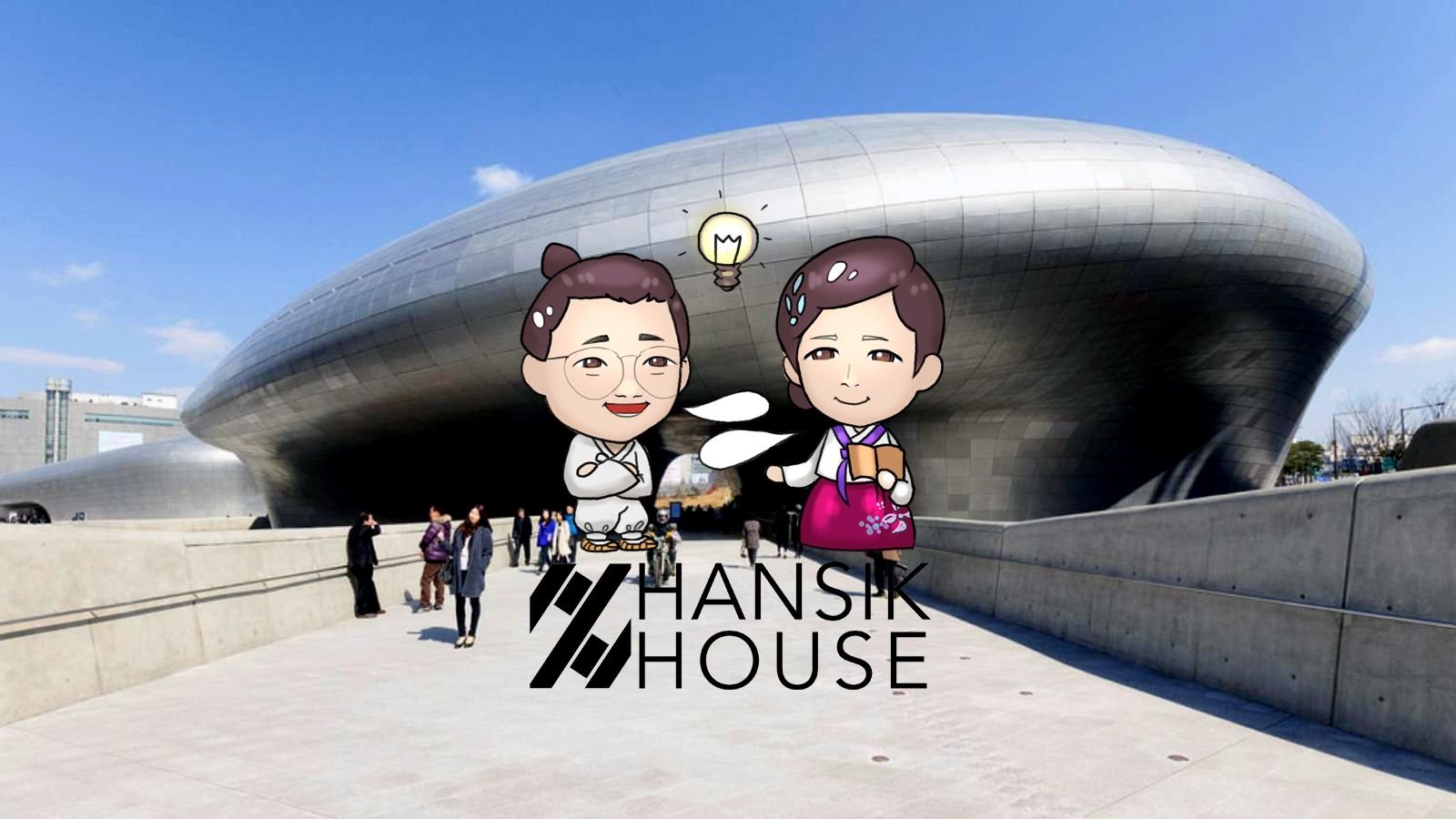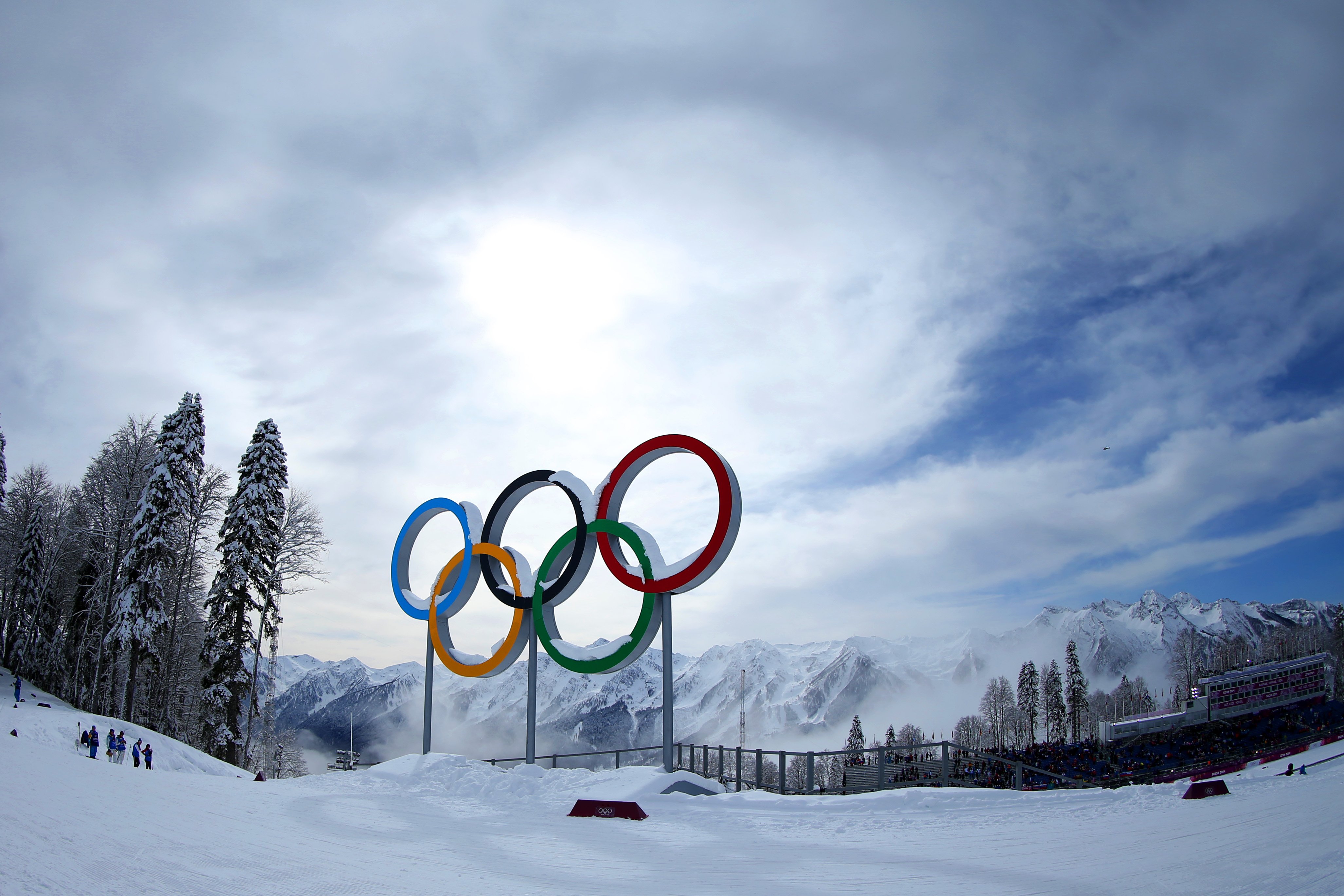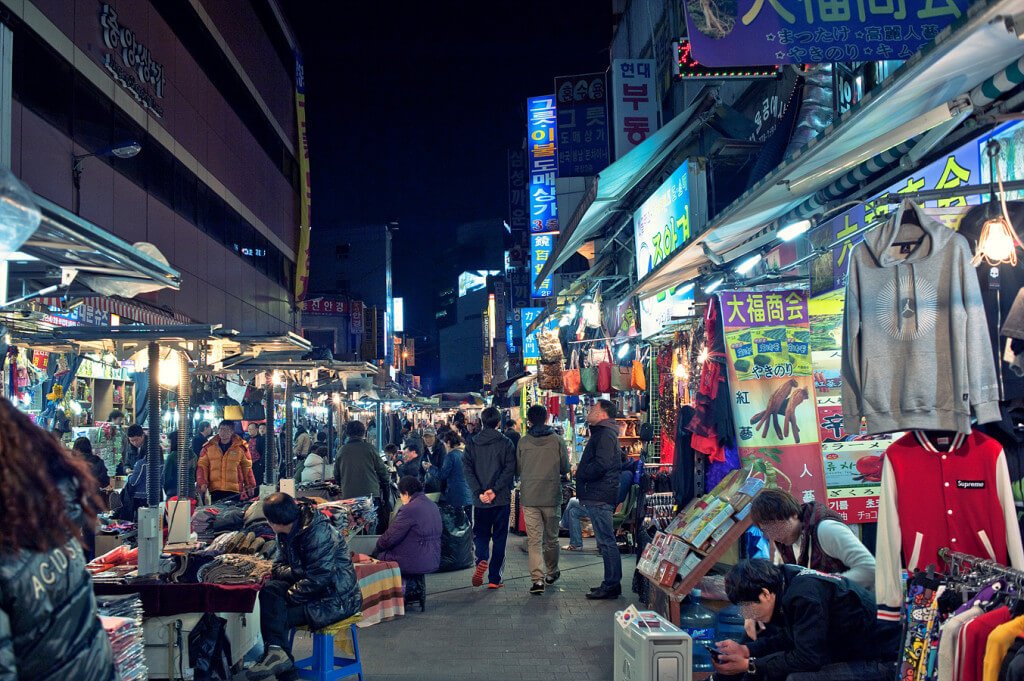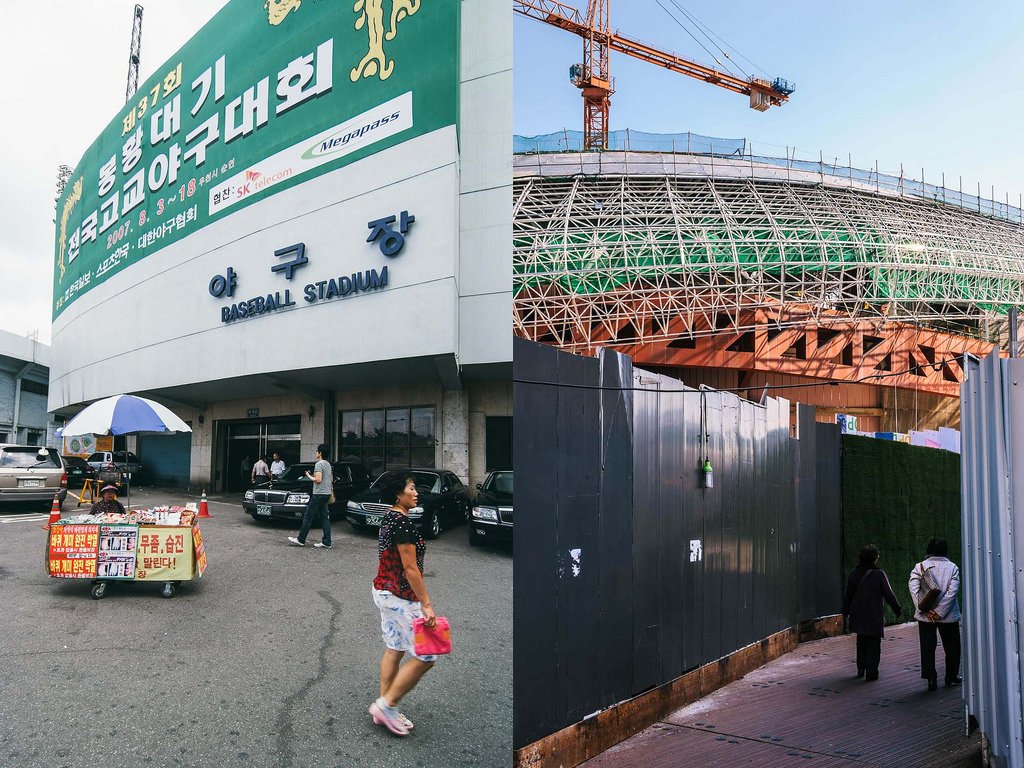
A Country Not Touristy Enough
South Korea suffers one major weakness when it comes to the top modern civilizations of the world – Tourism. Despite being one of the wealthier countries and amongst the highest producers of tourists, the nation lags behind even its less economically robust neighbors in the Asia-Pacific region. South Korea's relatively unappealing worth in tourism is due to a number of historical factors - the large erasure and degradation of Korean built history during the Japanese occupation, war and conflict, severe development strategies that favored new over old, and many particular events that culminate into 21st century Korea.
The wave of pop-culture or “Hallyu” has done a great deal to pull tourists into the country, especially from Asian neighbors. Still, media culture isn't as sustainable a reason for recurring tourists that effectively lay the foundation for countries like France, Italy, and even the US. It has only been a few decades since Korea became a viable destination for leisure and that short experience is very apparent in the structure of the city.
This of course has to change. With major recent international events in my lifetime – the '88 Summer Olympics, the 2002 World Cup, and the upcoming 2018 Winter Games, Korea has to up its visitor appeal to both create a worthwhile and diverse experience for Olympic travelers, but also ensure that the general experience is noteworthy enough to pull future visitors.

Ready for Pyeongchang? Source: Fortune
One major tactic that the South Korean government has employed is to focus on urban development and create major hotspots that are iconic, worth spending a great deal of time at, and also add to the growing number of physical assets in the city.
But is this 'rushed' typed of city development effective? After all, Rome wasn't built in a day and more classically cultural cities benefit from generations of creative input and mixture. Korea, and Seoul the most, has taken a more tactical approach, trying to make up for lost time and opportunity with a few key structures. The Dongdaemun Design Plaza is one of those attempts and it has had a curious reception and impact on Korean ground.
At Facade-Value
South Korea has always had a troubled relationship with aesthetics. In day to day life, both men and women have more expected on them in terms of appearance than actual merit. If you appear well put-together and successful – nice skin, valued car, , there must be some compelling backstory. As such, society's pressure usually relates to what people and things look like. Much of the culture takes things at face-value.
I had never considered the impact of this way of thinking on anything more than people's looks until the announcement that Seoul City would be funding a massive redevelopment by the late Zaha Hadid in the early 2000s. It was only a matter of time before Seoul would push a MoMA or Guggenheim type of center for their own but few expected a massive figure like Hadid to do the design. As with many “Starchitecture” projects, this one wasn't without protest or controversy as it would take up a massive amount of footage while also replacing a beloved baseball stadium.

Source: Kimchee Guesthouse
Dongdaemun is the largest 'fashion' district of Korea, filled with both street-level and highrise markets. Fabrics, trinkets, home goods, and anything you would need to furnish yourself or your come could be found here. It's always busy and became a natural tourist destination for those who wanted to explore the markets and witness the activity. For many, including myself, Dongdaemun was pure Korea during the pre-Hadid time.

Before/After. Source: Farm 8 Flickr
Still, despite the many cries of misconduct and outsourcing, the monument was erected by 2014 and Korea finally had a premiere contemporary design destination that would lay the groundwork for future biennials and festivals. It is impressive and it is unique, something that quickly distinguishes itself from other Seoul-situated structures.
But, as I learned from many colleagues and interviews with the staff, the impact wasn't quite what the Mayor at the time expected it to be.
(Part 2 coming tomorrow!)

